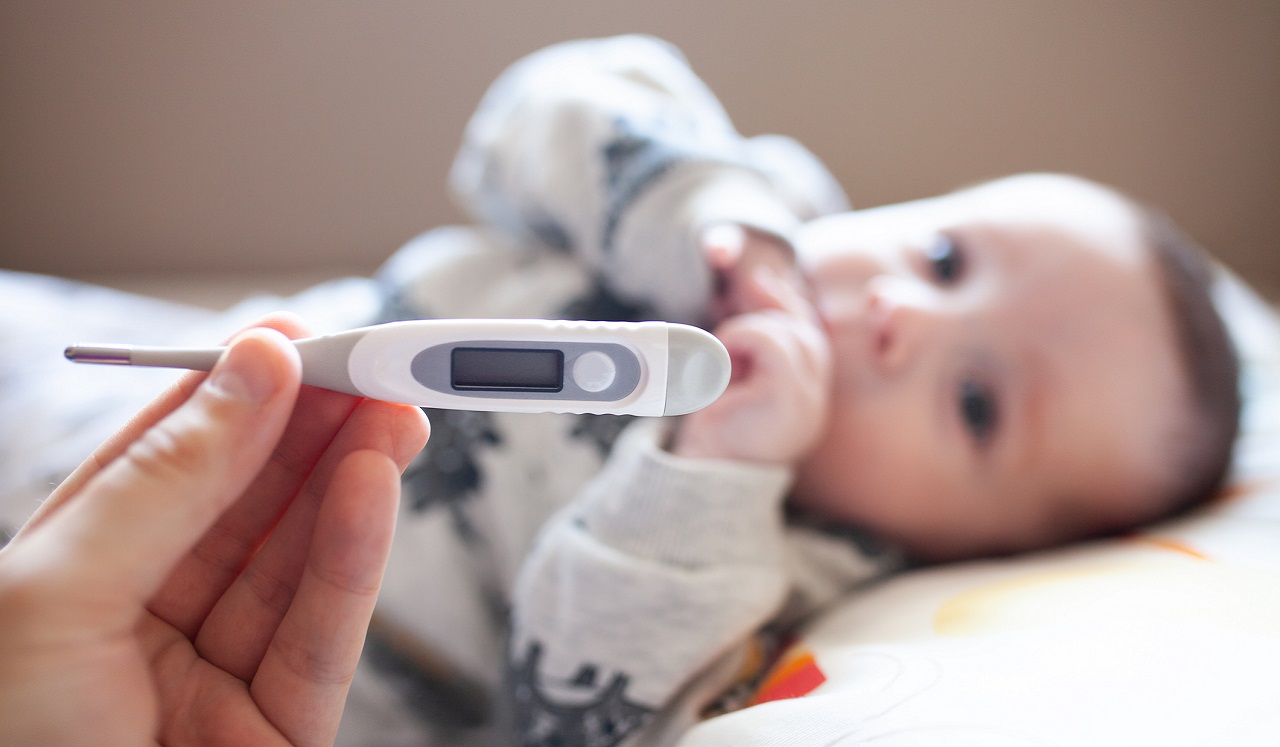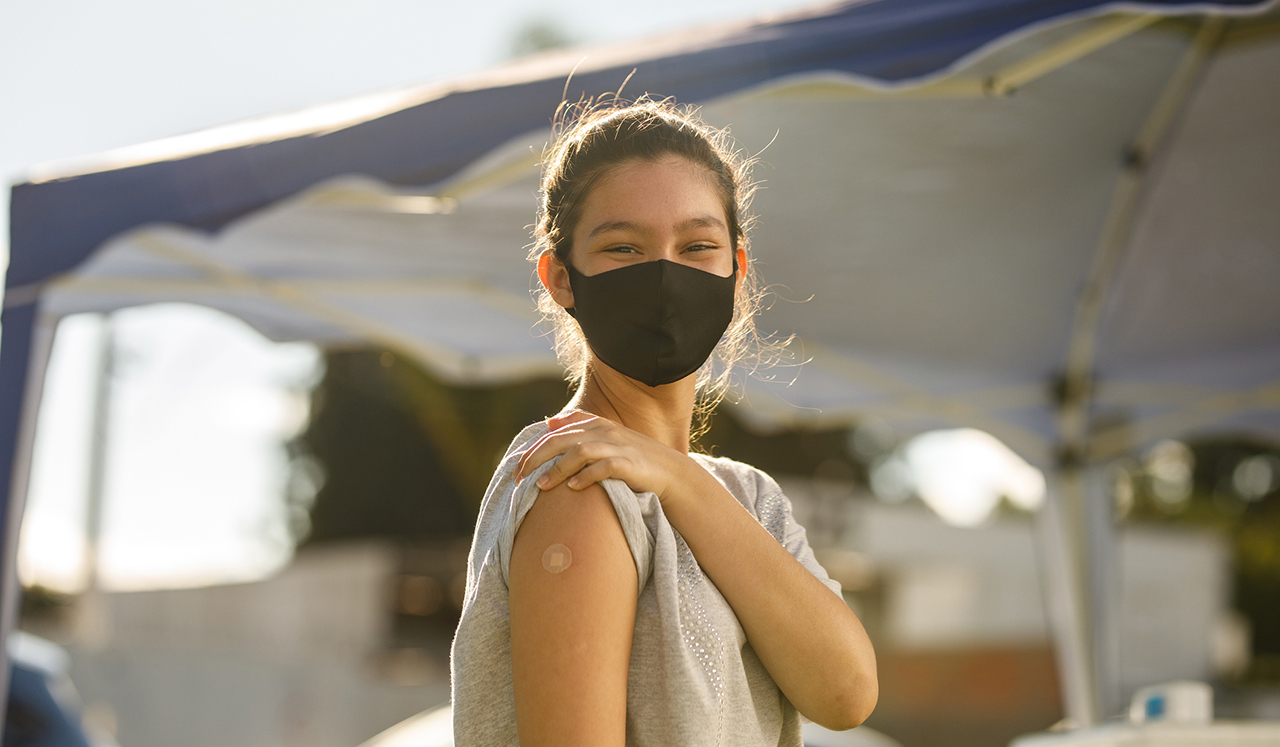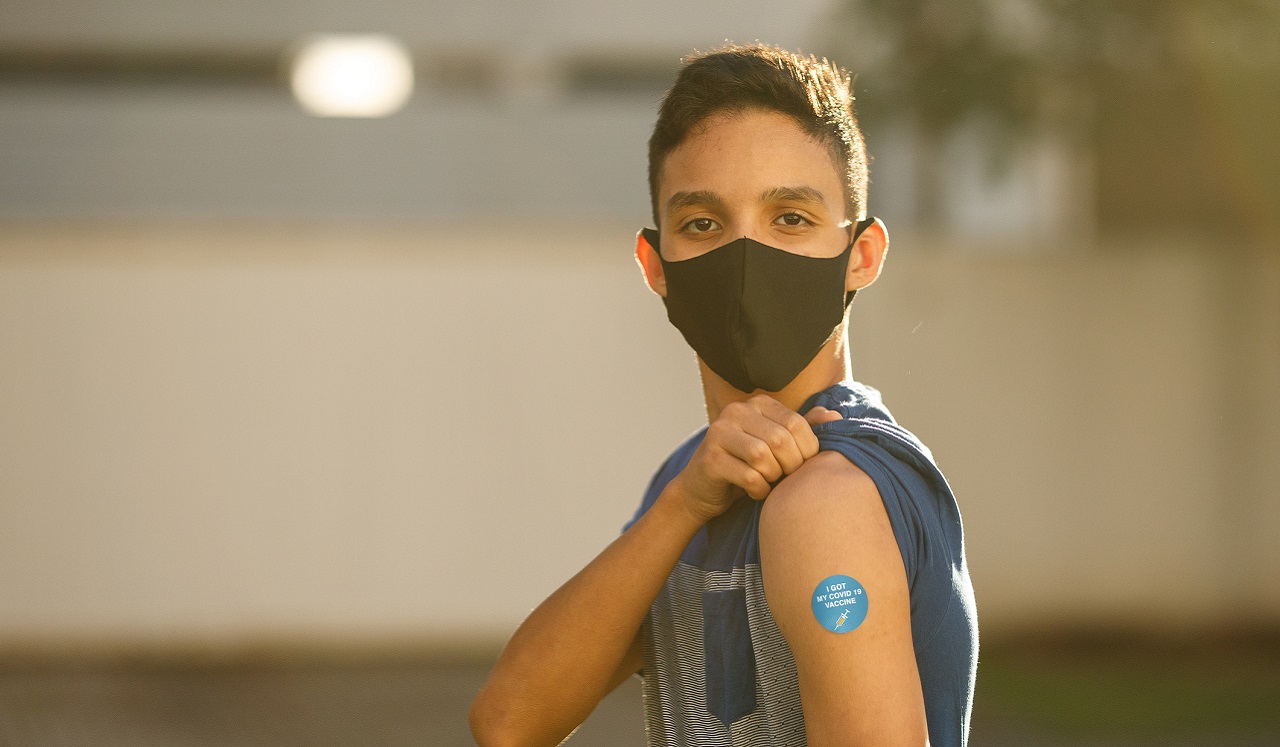RSV—Respiratory Syncytial Virus—is common. That doesn’t mean it should be taken lightly, especially while COVID-19 lurks.
While older children and adults through their 60s may have minimal and transitory cold-like symptoms with RSV, others can suffer serious inflammation of the lungs or respiratory passages. That can cause labored breathing in those under age 2 or over 65—and possibly require hospitalization.
“Alert your pediatrician if your child is breathing faster, wheezing or looks like their chest is caving in,” says Victoria Regan, MD, vice president of the Women’s and Children’s Service Line at Memorial Hermann Health System and a pediatrician with Children’s Memorial Hermann Pediatrics in West University.
The ailment can cause symptoms akin to COVID-19, including fever, cough and congestion.
“We cannot tell them apart from symptoms alone, so we have to do nasal swab tests for both,” Dr. Regan says.
To help arm you better against RSV, flu and COVID-19, Dr. Regan sorts facts from fiction.
Fiction: RSV is a winter-ailment.
FACT: While cases customarily are in November to February, there’s a flurry of RSV right now in Houston. This time last year, children were staying inside, having school at home and maintaining social distance elsewhere. “Last year small children (over 2) were wearing masks so there was less exposure and likelihood of getting RSV,” she says. “Now that we’re having closer contact, the virus has the opportunity to spread more quickly.”
Also, many kids with RSV appear to have colds, so our guard is down—not just our masks.
Fiction: RSV only occurs in babies and young children.
FACT: While the virus most often occurs in babies, people of all ages can catch it—including you from your sick child if you kiss them.
Fiction: The virus is always mild.
FACT: High fever and tiny airways put infants under age 1 in greatest danger. They’re most vulnerable to inflammation of the smallest airways in the lungs (bronchiolitis) and the lungs themselves (pneumonia).
Toddlers under 2 usually breathe through their nose while eating, but nasal congestion and thick secretions in airways make that challenging. The “S” in RSV, stands for Syncytial, a fusion of cells, and may relate to thickening secretions.
If children are ill, fluids are even more vital because they can help flush out germs and thin the secretions which make it harder to breathe and eat. That’s why your youngest ones should drink enough to wet their diapers at least three times daily. “Fluids also make your child more comfortable,” says Dr. Regan.
Suctioning devices can help clear little ones’ nasal passageways, but also irritate them. That can lead to nosebleeds—sometimes extreme ones. Your pediatrician may recommend using mucous-removing devices before feedings and bedtime to avoid this.
As for adults over 70, they have lower immunity and greater susceptibility to pneumonia than others.
RSV also can aggravate asthma and congenital or chronic heart or lung disease.
“If family members have difficulty breathing, they may need oxygen and to be in the hospital,” says Dr. Regan.
Fiction: Like a cold or flu, RSV stops being contagious within a day of fever breaking, and a week at most.
FACT: RSV symptoms may cease within a week or so, but people remain contagious for up to a month.
RSV usually starts with cold-like symptoms, and most people recover in a week or two. “Usually, the worst symptoms are days 2 to 5,” Dr. Regan says. “Keep them home and watch them closely if they have a fever, cough or congestion.”
Fiction: You only catch RSV via air droplets.
FACT: You also can catch RSV by kissing your child. It also remains on hard surfaces—such as doorknobs, changing tables and crib rails—for hours. “It’s more transmittable on surfaces than COVID-19,” Dr. Regan says. “Good and frequent handwashing is really important with RSV.”
Fiction: Your child won’t need a flu shot if they get a COVID-19 shot (or vice versa).
FACT: “They’re two different viruses, so it’s very important your child have both inoculations if they can,” she says. But while children 6 months and older can get the flu vaccine, currently only those 12 years and up can get the coronavirus vaccine.
“With the overlap of COVID and RSV viruses occurring, we encourage anyone who can to get the COVID-19 vaccine,” Dr. Regan says.
Fiction: Antibiotics will cure RSV.
FACT: “RSV is a virus, so antibiotics do not help,” says Dr. Regan. The same is true of the flu.
Fiction: Keeping younger kids safe from flu, COVID-19 and RSV involves separate strategies.
FACT: Beyond different vaccinations, cautions are similar. Social distancing, washing hands and wearing masks help guard against all three viruses, while plenty of rest and fluids and a well-balanced diet strengthen immunity.
The information in this article is accurate as of August 3, 2021.


